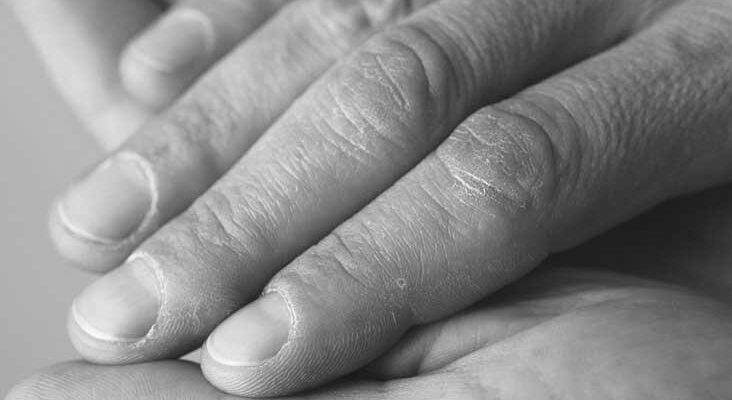What Are the Small Ridges in Finger Nails?
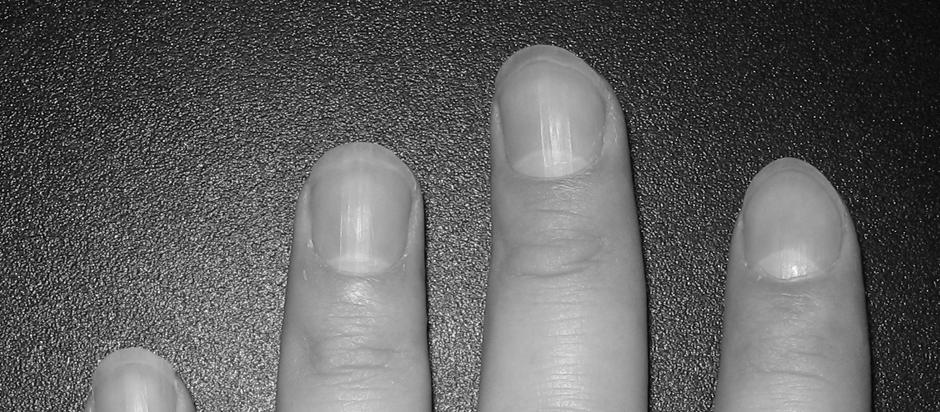
The keratin protein is what makes up your nails. If it’s lacking, it may be time to reconsider your diet. This article will provide some information on the problem. And if you’re still confused, here are some possible answers.
Beau’s lines
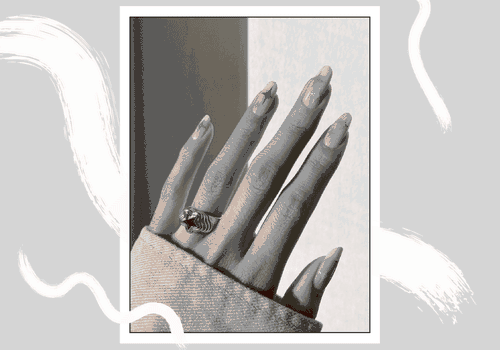
You may have Beau’s lines if you notice small ridges on your fingernails. These are not dangerous, but they may signify disease or injury. If they appear on all nails, they may indicate a severe condition. Your healthcare provider can diagnose and treat Beau’s lines to make them disappear. Likewise, if they appear on multiple nails, they may signify stress or illness.
In some cases, they’re caused by systemic problems, such as diabetes or anemia. Other causes include trauma or an infection in the surrounding area. These ridges are often temporary and may be caused by trauma to the nail matrix. It can happen when someone picks at their nails or jams their cuticles back too hard. Sometimes, they’re caused by a traumatic incident, such as getting their finger stuck in a door or a conveyor belt. In any case, future nail plates will have the ridge.
A treatment for Beau’s lines is relatively simple: treating the condition’s underlying cause will eliminate the ridges. The lines will usually disappear as the nails grow, but the lines may reappear if they don’t disappear. You can also use a nail ridge filler to hide them temporarily if you’re worried. However, remember to consult your healthcare provider if Beau’s lines persist.
These ridges on fingernails are called Beau’s lines, and they grow in proportion to the size of the nail. The height of these ridges can indicate the age at which. If the line is halfway up the pin, the illness or trauma occurred a few months earlier. However, it would help if you never waited until the lines had grown to their entire height.
Onycholysis
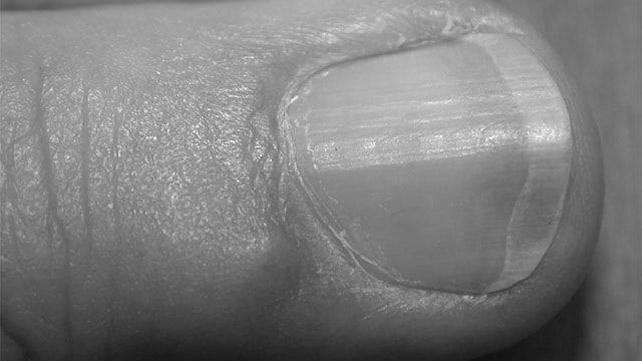
A doctor can diagnose onycholysis if a single nail has characteristic ridges or several nails have similar heights. The condition usually affects the distal part of a fingernail, lifting the nail’s free edge. It may also cause the nail to detach from its nail bed laterally or proximally. Onycholysis of tiny ridges in fingernails is not an emergency condition, but it is worth considering that it may be a sign of a more severe problem. The first step in treating this condition is to find the source of the problem and treat it as soon as possible.
The condition may also be cosmetically unacceptable in patients who use their hands for work or perform activities requiring their hands to be exposed to public view. While the infection usually clears up on its own in a few months, the failure to treat the underlying cause may cause further medical complications.
Moreover, unhealthy nails are often a sign of deeper health issues. Some of the most common symptoms of onycholysis of tiny ridges in fingernails are the appearance of vertical ridges or grooves in the nail bed. Some people also experience blood spots beneath the nails, which are signs of A doctor may not recognize the presence of onycholysis because it is a sign of another condition. A doctor may require a lab test to confirm the diagnosis. If a doctor suspects this condition, they will recommend treatment to remove the infection.
Vitamin deficiency
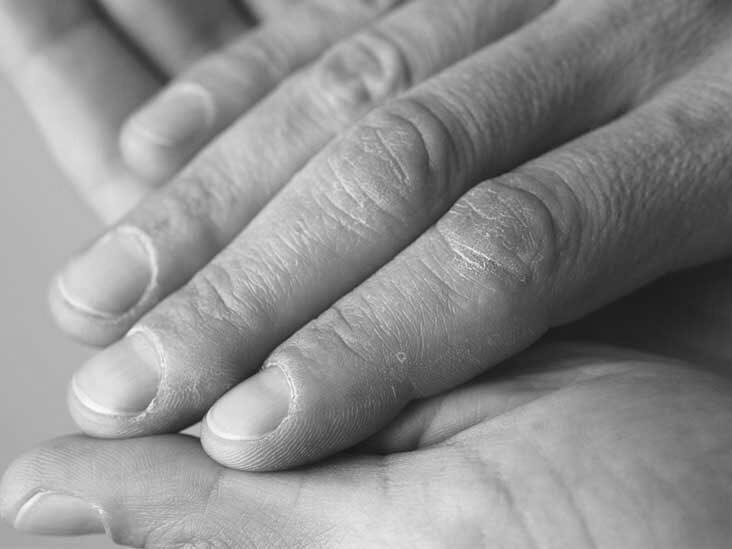
When a person’s fingernails appear discolored, it is often a sign of vitamin deficiency. The nail’s color can be flat, yellow, or streaky and may indicate that the patient is deficient in one or more vitamins. It is helpful to include food sources rich in biotin and vitamin B. However, patients should understand that various shapes can cause these conditions.
Nutrient deficiency is a common ailment, but it is not uncommon to develop small ridges on your fingernails. Low levels of certain nutrients in the diet can result in nail ridges, such as the ‘Beau’s lines on the top of the nail. This problem can be caused by inadequate intakes of iron or calcium or by vitamin A and B12 deficiency. In either case, it’s essential to consult a health care provider to determine the root cause of your problem.
Another reason a person may experience small ridges on their fingernails is a lack of iron or zinc. Iron deficiency causes nails to become pale or brittle, affecting your skin’s hemoglobin levels. A lack of zinc can also cause vertical ridges. If these are not appropriately treated, they can develop into broken nails. They may also be a sign of psoriasis. In some cases, split toenails may develop vertical indentations.
Low levels of vitamin B3 can cause half-and-half fingernails. It may also drive brittle nails and corkscrew hair. If left untreated, the condition can lead to other health problems, including diarrhea, dementia, and death. A vitamin B3 deficiency can also cause a hyperpigmented rash on the sun-exposed areas of the body.
Eczema
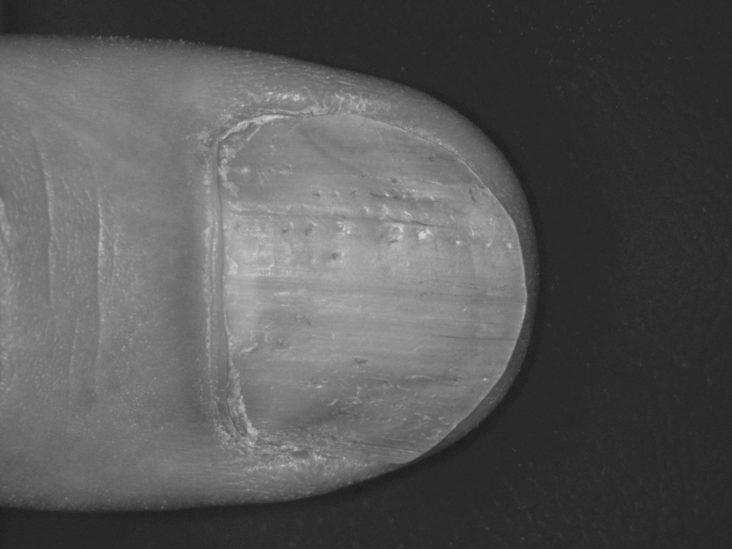
If you notice ridges on your fingernails, you might have eczema. However, these ridges may not be due to an underlying disorder. The most common cause of fingernail ridges is a nutritional deficiency. Managing blood sugar levels is a crucial step to alleviating Beau’s lines. You should also seek a dermatologist if the banks do not disappear independently.
During an eczema flare-up, the lesion may become irritated and worsen, causing irritation and a more significant lesion. Patients may mistake this condition for a fungal infection, which is not recommended. Protective plastic gloves are a must. Avoid using rubber gloves as they may trigger contact allergies and worsen the condition. In some cases, a physician may prescribe topical corticosteroids.
It is essential to see a doctor if fingernail ridges develop rapidly or if they develop in patches on the nail matrix. If the banks are symmetrical and close to the nail matrix, you may create a wavy nail. A dermatologist will examine your fingernail clippings and discuss your overall health and symptoms during a diagnosis.
In addition to eczema, other health conditions can cause ridges in your fingernails. The most common cause is aging, but other conditions can also lead to fingernail ridges. For example, a weakened immune system can result in a lack of folic acid. Sometimes, ridges are horizontal, and vertical cliffs are present in some cases. Nevertheless, horizontal ridges on your fingernails may result from other underlying problems.
Acute or chronic infection of the nail plate is another common cause of paronychia. This infection is caused by a bacterium called Staphylococcus aureus. It usually occurs in the fold of skin that surrounds the nail, and it may worsen into pus and inflammation. In this case, a healthcare provider will drain the pus and culture it to determine the cause of the infection.
Arthritis
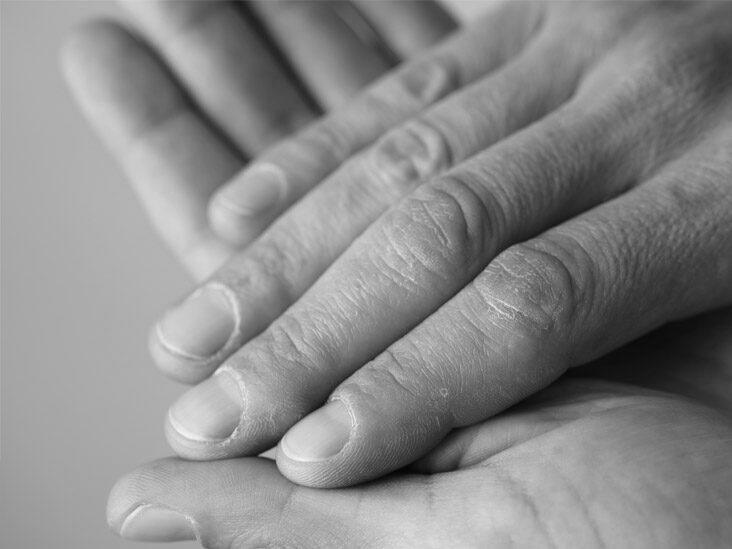
In addition to small ridges, the fingernails can also have other changes, such as thickening or fissures.
Paronychia is an infection of the skin surrounding the fingernails. The condition can develop after the nail separates from the nail bed or a crack forms on the skin around the nail. Patients may notice swollen, red, or painful skin around the nail. Treatment of paronychia depends on the severity of the infection. Antibiotics may be prescribed. In some cases, a patient may experience severe pain and other symptoms, including a rash.
Psa is an inflammatory disease of the finger joints and the skin. Approximately 80 percent of patients with PsA will have a change in their fingernails. They may have dactylitis or sausage digits. They usually develop on one side, but not all fingers on each side. The most severe form of PsA, known as arthritis, will destroy the bones and tissues of the fingers, making them hard to move. It may also lead to ridges and nail separation. While the condition gets worse over time, it can happen quickly.
Clubbing of the nail bed is another symptom of RA. This condition causes the fingernail to lift from the nail bed. A painfully swollen finger can accompany this symptom. Onycholysis also affects the skin and nail beds. It can also cause the fingers to feel like a sponge. This symptom is often caused by an underlying condition, such as psoriatic arthritis.
Will Toothpaste Get Rid of Ridges in My Fingernails?
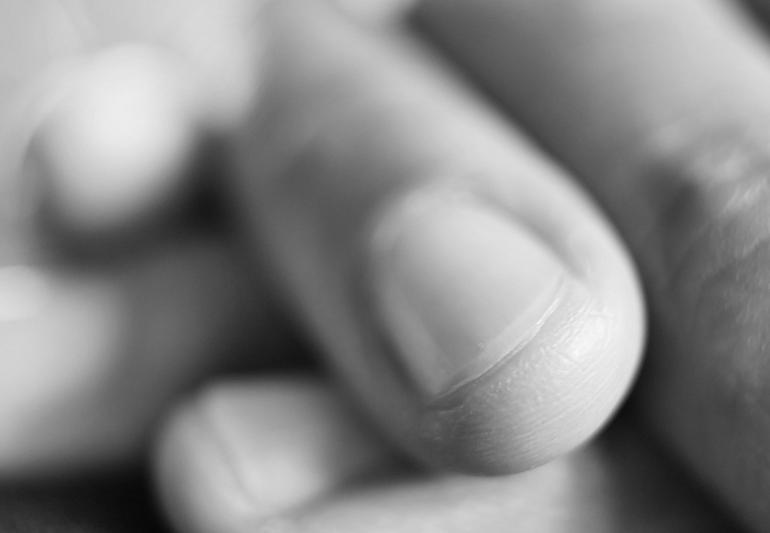
Aside from the obvious question of whether toothpaste can remove ridges, many people are curious about how effective it can be. This article will explain some critical points, including the benefits of Luminous White Toothpaste and vitamin E for healthy skin. It will also explain how to avoid common triggers of ridges. Also, learn more about the role of stress in ridged fingernails.
Luminous White Toothpaste
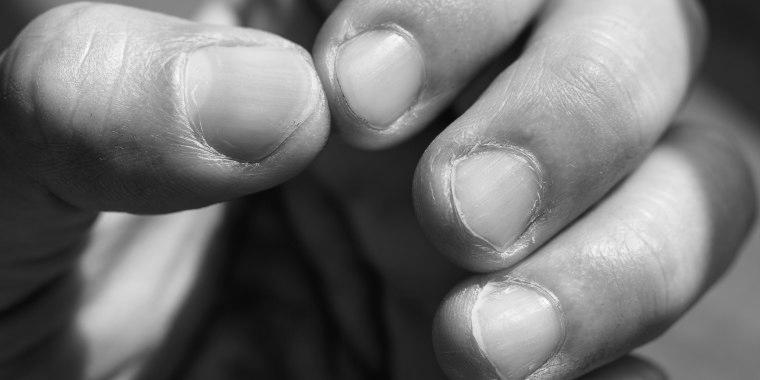
There are many ways to get rid of ridges in my fingernails. Using a natural whitening toothpaste, such as Tom’s of Maine Luminous White toothpaste, can help. This toothpaste has a natural whitening formula, moisturizers, and saltwater to strengthen your nails and cuticles. After brushing, you should allow it to dry for 30 seconds and then file them to remove any excess material.
Vitamin D is essential for your health. Vitamin D reduces the risk of chipping and peeling.
Regular use of toothpaste will strengthen your nails. The whitening ingredient in toothpaste can remove fungi and stains from your fingernails. It also protects your nails from moisture and fungus, which can cause them to break. You can expect to see results in just a few weeks. However, before you start using this product, it’s essential to consult a doctor to ensure that you’re not allergic to acetic acid.
Another common problem associated with using a nail file is making your teeth longer. It could lead to dental issues and uneven smiles. If you’re using this method, you need to visit your dentist for a consultation. You could even be damaging your teeth. It’s best to avoid using nail files because it could damage your teeth and lead to a discolored, uneven smile.
Keeping your nails hydrated
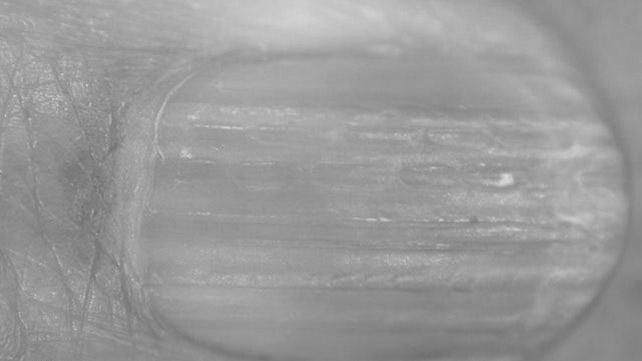
Keeping your fingernails moisturized is one of the most critical aspects of nail health. As we age, our body’s natural oil production decreases, which can lead to the development of ridges on our fingernails. Lack of moisture also causes your nails to peel and become brittle. The best defense against this problem is maintaining a healthy diet and drinking plenty of water. Exercising is also effective in keeping your nails moisturized and ridgy.
When the ridges appear, you should look for signs of a bigger health problem. Vertical nail ridges may be caused by anemia or arthritis, while horizontal ridges can signify a physiologic stressor. Other symptoms of nail ridges are clubbed and spoon-shaped fingernails, which indicate heart and lung disease, anemia, and connective tissue disorders.
In addition to regular nail care, ridge fillers can be added to salon manicures for additional shine and smoothness. These nail polishes act as base coats and prevent your nails drying out. They also prevent staining and eliminate the need for acetone-based nail-polish removers, which can deplete your nails of moisture. This way, getting a manicure at home is healthier and more comfortable.
Dry nail care also prevents bacteria from growing and leads to ridged fingernails. In addition, the more you wash your hands, the more likely you are to cause your nails to dry out and break. You should avoid excessively soaking your hands in water for extended periods to prevent this. If you are using harsh chemicals, wearing rubber gloves is a must.
Vitamin E
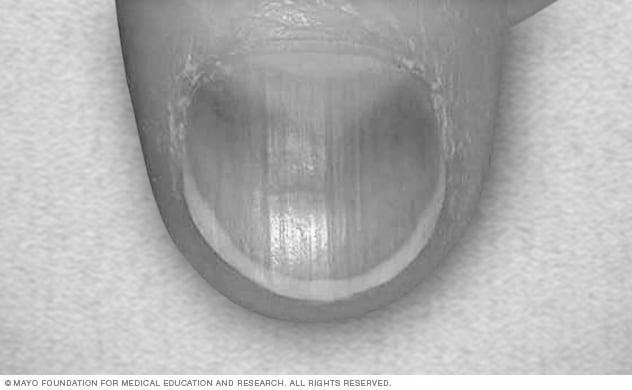
One of the most common causes of fingernail ridges is dehydration. Vitamin E can help you avoid this by restoring the natural oils in your cuticles and nail bed. Vitamin E toothpaste also contains niacin, mighty antioxidant fighting against the banks that cause ridges. That is why toothpaste with Vitamin E is an excellent option for getting rid of bumps in my fingernails.
Another solution to getting rid of ridges in your fingernails is eating more seeds. Seeds are rich in manganese, which can help you get rid of bumps in your fingernails. Sunflower seeds, for example, are high in manganese and are great for cuticles and fingernails. You can also eat grains in your daily diet, such as sunflower seeds, which can be great as a topping on salads or added to baked goods.
Another solution is to apply a cream or oil containing vitamin E to the affected areas. Apply this twice a day. If you’re not comfortable using creams on your hands, you can wear cotton gloves and leave them overnight. The oil will soak in and work its magic. The best time to do this is at night before going to bed. You’ll be happy to wake up to a healthier-looking fingernail in no time!
Stress
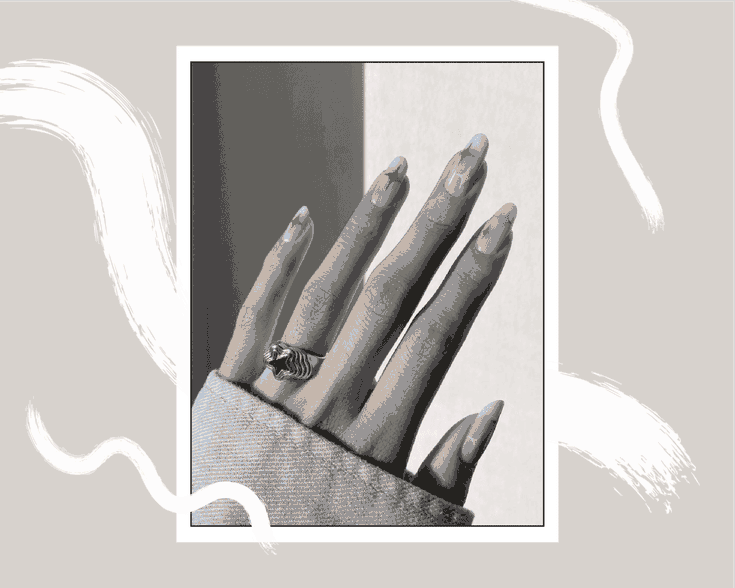
Did you know that stress can cause ridges in fingernails? The stress hormone cortisol has been found to prevent your body from absorbing certain nutrients, including proteins, silica, magnesium, iron, and zinc. Because of this, people who are constantly stressed out may notice ridges and shred in their fingernails. In addition to this, nail-biting can damage your skin and teeth and cause infections.
In addition to ridges and brittleness, stress can also cause temporary hair shedding and ridged fingernails. Luckily, you don’t have to live with these signs of stress to improve your health. However, you can take steps to prevent them from affecting your nails. Read on to learn how to reduce the effects of stress on your fingernails. Once you have found the cause of your stress-induced ridges and brittleness, you can take steps to protect your nails.
Although there is no single cause of fingernail ridges, these ridges are often signs of a more serious health condition. If they are vertical, they may be a sign of anemia or arthritis. They are typically the result of anemia or trauma to the body but can also be caused by physical trauma or gastrointestinal disorders. You should also be aware that vertical ridges are common among older people and may not be due to a medical condition.
People with ridges in their fingernails may suffer from a nutritional imbalance. Likewise, if a new diet or exercise regimen isn’t working, it could cause a rise in fingernails. The same is true for those who have multiple episodes of stress. When it comes to nutrition, nails are composed of keratin protein. However, many of us don’t realize that nail growth is affected by a diet or nutritional deficiencies.
Nutrition imbalances
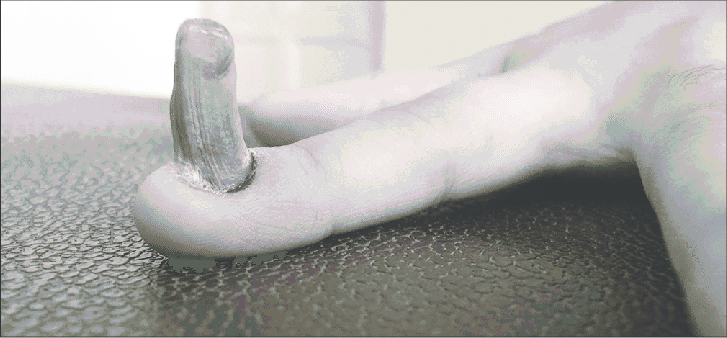
If you notice ridges on your fingernails, you may be suffering from a nutritional imbalance. It can happen when you lack certain nutrients or recently change your diet. Because fingernails are made of keratin protein and are complex, these ridges can be signs of a health problem. Here are some signs that you may have a nutritional imbalance:
Vitamin B12 and iron deficiencies are common causes of ridges in fingernails. With injections or supplements. Another common dietary deficiency is iron. Your body requires proteins and B vitamins to produce healthy nails, so eating more of these foods can help prevent these ridges. Some foods rich in B vitamins are almonds, bananas, and organ meat.
If you notice ridges on your fingernails, your diet may be lacking biotin or folate. Your body makes biotin and folate by digesting leafy greens. Biotin deficiency is a symptom of thyroid or digestive issues. If you notice that your fingernails are dry, you should see your doctor rule out any thyroid or vitamin deficiencies.
In addition to calcium and zinc deficiencies, an excess of Vitamin B can cause horizontal ridges in fingernails. Some people have a white streak on their fingernails associated with liver or psoriasis. However, these streaks are unlikely to be serious. A nutritional expert will be able to tell you the exact cause of the white spots on your fingernails.
In addition to a dietary imbalance, you may also suffer from a nutrient deficiency. The ridges may be a symptom of low zinc, protein, folate, or oxygen. A good multivitamin will help alleviate these symptoms. The problem isn’t necessarily the underlying issue, but an inadequate diet can lead to hangnails.
